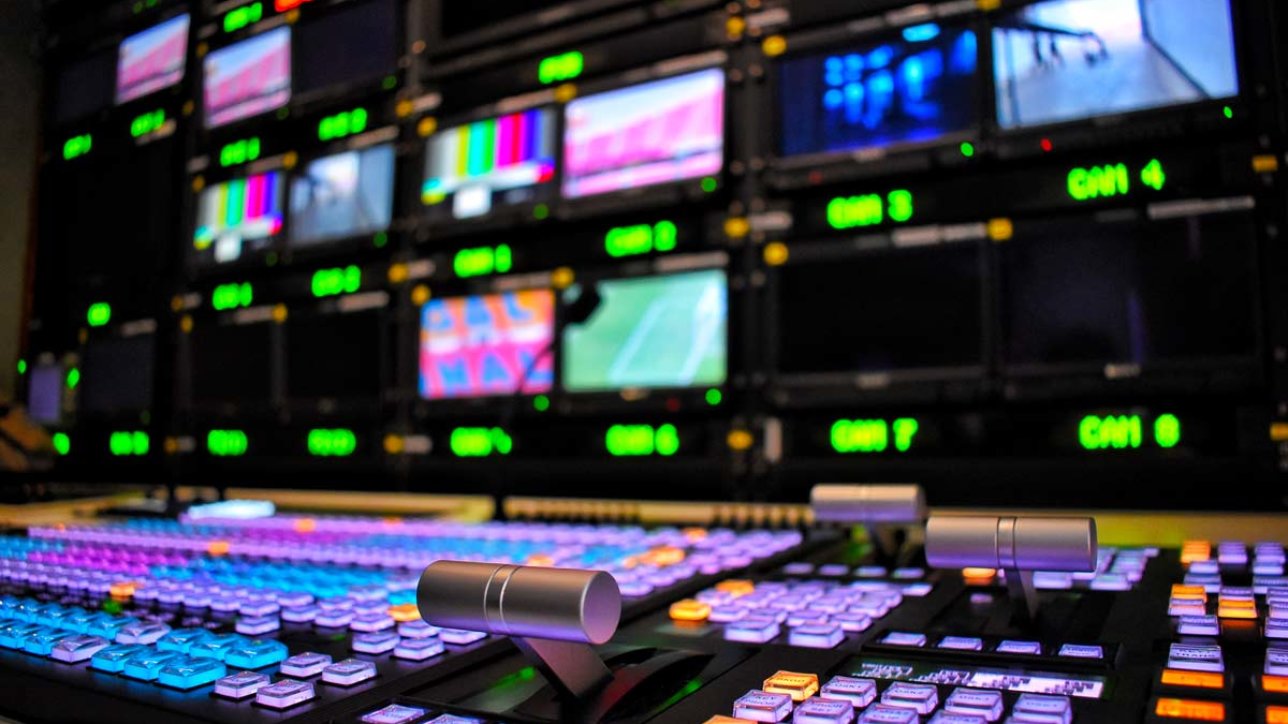Video for conferences carry out important functions for the documentation, advertisement and versatility of every type of event. To understand the importance, just consider that now people more often participate watching the conference in streaming or through the videos posted on YouTube than physically.
For this reason, the organizers make more and more movies with the purpose of capturing mostly the most interesting interventions. But how do you make videos for professional conferences, engaging and adaptable for all types of users? We have summarized everything we have learned in twenty years of experience in the following points.
1 use augmented reality
The video conferencing is a means with unexplored potential that could make the remote experience even richer than the real one. For example, with augmented reality it is possible to insert indications like the name and CV of the speaker, moment or minute of the conference, link to the company website, logo or news of the sponsors, and so on.
2 create involvement
There is nothing more boring than a flat image taken by a still camera. Make your video dynamic and engaging with directing tools such as time-lapse (acceleration / slow motion), panoramas from above, unusual angles.
In post-production, you can give the images all the quality of the movie using special software like the Da Vinci. An example of how to transform a conferences into a film is the video produced by McQueen for Biutop 2017.
3 know how to present the data
In every presentation there is always a wide use of slides and data presentations, which must obviously be captured on video in the most suitable way, to make them accessible to the viewer. It is not as easy as it seems, as anyone who has tried to do it with their mobile phone knows.
4 attentions to usability
A good video for conferences must be able to be viewed on all devices, from wall monitors to smartphones. In this way, remote users can follow you even if they are in situations like train, work, travel or bus.
5 use the interviews
Even today, the journalistic interview remains an excellent means of documentation and promotion. Interrupting the video of your conferences with direct interviews to key figures or speakers and organizers, will not only make the documentation of the event more complete, but also the film more dynamic and interesting.
6 put the logo
When opening or closing each conference video, it is always good to insert the logo and the company name, thus transforming it into an effective form of advertising. An example is the MCQueen video story of the 2017 annual Biutop conference in Rimini.
7 frame the public
Framing the audience, its reactions, the expression of the participants, the applause not only makes a video more engaging and exciting, but also creates an effect of greater immersion and participation for those who watch remotely.
8 take care of the visual and audio quality
For how good your ideas are, without image quality and clean sounds you will hardly get a usable product. Better to spend a little more in machinery and technicians who know how to use it, instead of having a product that can not be used or that makes you look bad.
9 choose a good direction
A video for conferences should not be flat and boring, but rather should convey the spectacular and theatrical dimension of the convention by involving the viewer on an emotional level as much as possible. This is achieved by a good direction that knows, not only to follow the highlights of the conference, but also to accentuate them in the most appropriate way.
10 share on social media
Sharing on social networks like Facebook, Instagram and YouTube is essential nowadays. In this way the primary function of the video is realized, which is promoting the event and making its audience as large as possible.
11 have the technology necessary
The exhibitions and conferences category is one of the most innovative and with the most technological possibilities, especially for the chance of broadcasting it live on the web. The era of video-amateurs who run their own smartphone is over. Without professionals, directors, technicians, lights, cables, supports, cranes, video cameras, image processing software and voice systems you will get a very poor product, with confusing sounds and images that shake, and especially not at all usable by final user.
12 send your conference video on the web
The video for conferences must be able to be streamed on the web to be enjoyed live by those who can not participate. To achieve this, however, we must respect several technical constraints, from the quality of the shot (still in Full HD) to the lightness of the weight in bytes of the file, to avoid flooding the internet with low power connections.
